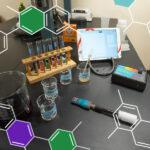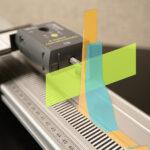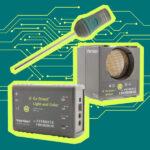
Sharing ideas and inspiration for engagement, inclusion, and excellence in STEM
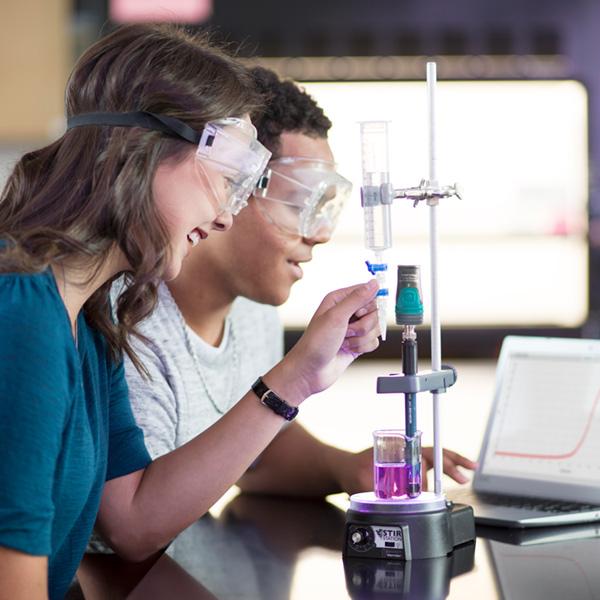
From testing household acids and bases to evaluating soil and water quality for agriculture, measuring and interpreting pH data is an essential skill across scientific disciplines and education levels. Our pH sensors all offer similar accuracy, response time, and sensitivity. So, which one should you buy? It depends on how and where you plan to use your pH sensor. Follow these guidelines to help you choose the right tool for your specific lab or classroom needs.
1. Go Direct pH Sensor
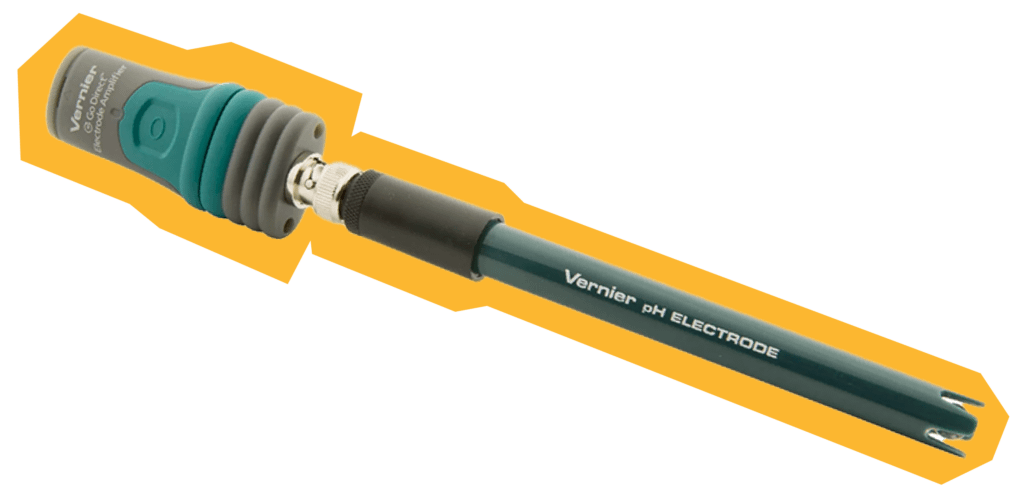
Best For
- Aqueous solutions (water-based)
- General classroom use
- Lowest upfront cost per sensor
Features
- Spherical glass bulb, well-suited for large surface area samples and general use applications
- Ideal for standard, water-based solutions
- Connects via Bluetooth® wireless technology or via USB to your device
The standard Go Direct® pH Sensor is a versatile and affordable choice for general use and is ideal for measuring pH in water-based solutions. It is well-suited for a wide range of biology and chemistry investigations and is supported by over a dozen Vernier lab books.
As a single junction sensor, it should only be used with recommended solutions to avoid damage from proteins or sulfides. While excellent for general applications, it is not suitable for organic solvents, heavy metals, or highly acidic/basic solutions. This probe also features a spherical glass bulb, which allows for larger surface area samples of general aqueous solutions. However, be mindful that this bulb can be fragile if not handled carefully. Get tips for preventing pH bulb breakage here.
2. Go Direct Tris-Compatible Flat pH Sensor
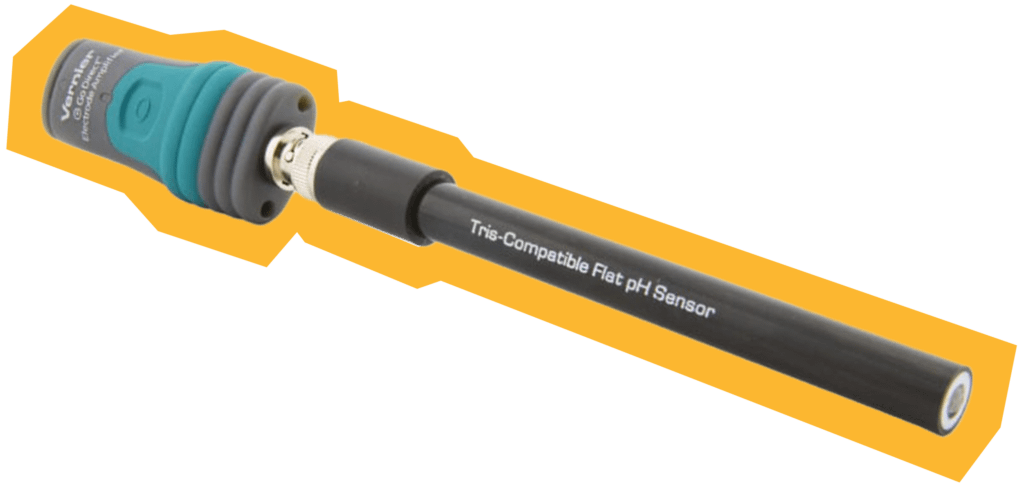
Best For
- Aqueous solutions and semi-solids (such as food or soil slurries)
- General classroom use and environments where durability is a priority
- Smaller sample sizes
- Long-term cost savings
Features
- Flat design with no exposed bulb, reducing risk of breakage
- Flat design allows for pH measurement of semisolids, such as soil, by creating a slurry
- Double junction design, making it suitable for solutions containing proteins, heavy metals, or sulfides
- Connects via Bluetooth® wireless technology or via USB to your device
The Go Direct Flat pH Sensor is a great choice for general classroom use due to its robust design. Its flat bulb makes it easier to clean, more difficult to break, and accommodates smaller sample sizes. The double junction electrode makes it suitable to a wider range of pH applications, including measuring thicker solutions, such as soil slurries, as well as solutions containing proteins or sulfides.
Although the per-sensor cost is slightly higher than the standard Go Direct pH Sensor, the durability and versatility of the Flat pH Sensor can save money over time by reducing replacement costs. This flat pH sensor can be used in all the same lab book investigations as the general Go Direct pH Sensor, and is specifically recommended for use in Agricultural Science with Vernier and Earth Science with Vernier experiments.
3. Go Direct Glass-Body pH Sensor
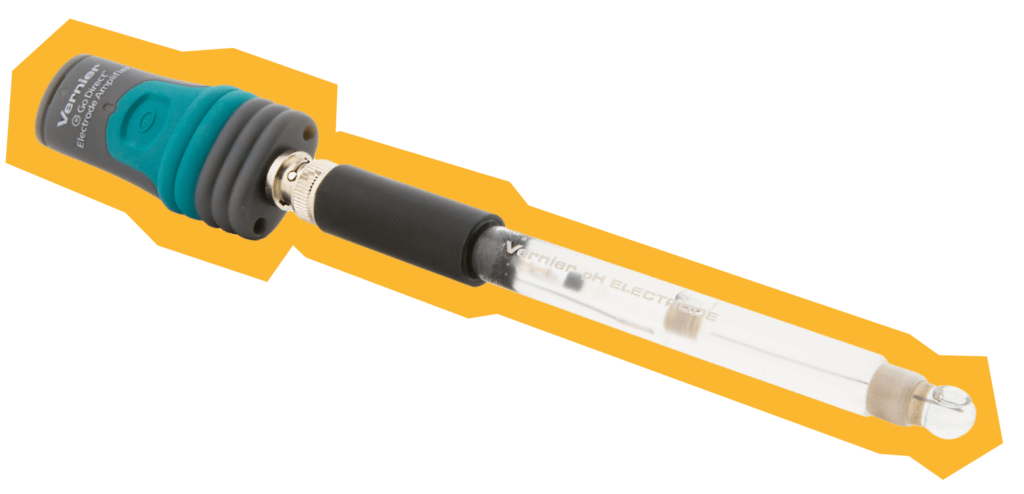
Best For
- Non-aqueous solutions (organic solvents)
- High concentration acidic or basic solutions
- Organic and advanced chemistry courses
Features
- Entirely glass construction, offering high sensitivity and resistance to corrosive chemicals
- Design is suitable for both aqueous and non-aqueous measurements
- Connects via Bluetooth® wireless technology or via USB to your device
The Go Direct Glass-Body pH Sensor features a specialized glass design, making it ideal for organic chemistry and advanced or upper-division chemistry applications. The glass body design is easy to clean and provides a broad resistance to chemicals, including corrosive solvents. However, this design does make it more fragile and less rugged than other materials, so it may not be the best option for field applications or general classroom use with less advanced students.
This sensor is well-suited for non-aqueous solutions containing organic solvents and for solutions with strong acids or strong bases. It can be used with substances like chloroform, acetone, methanol, toluene, xylene, and methyl ethyl ketone. While designed for more advanced applications, this sensor can also be used in general-purpose applications if handled with care.
Go Direct vs. LabQuest Sensors
If you’re buying new or replacement equipment, we strongly recommend opting for the Go Direct sensors over the earlier generation of wired-only LabQuest sensors. Go Direct sensors can connect via USB or to any Bluetooth® wireless technology enabled device—including LabQuest® 3, laptops, Chromebooks™, and tablets. The flexible, wireless connection also makes it easy for students to log and analyze data directly on their devices in Vernier Graphical Analysis® or Vernier Connections™.
If you currently have LabQuest sensors in your classroom or lab, you can still get a lot of use out of them with proper storage and care. For troubleshooting tips, check the support tab for your sensor.
Key Takeaways
- For General Use: The standard Go Direct pH Sensor is ideal for general classroom use in water-based solutions.
- For Durability & Versatility: The Go Direct Tris-Compatible Flat pH Sensor can be used in a wider range of solutions and features a more rugged, durable design.
- For Specialized Applications: The Go Direct Glass-Body pH Sensor is ideal for organic chemistry and upper level chemistry classes.
Maintaining Your pH Sensors
To ensure the longevity and optimal performance of your pH sensors, regular maintenance is key. Proper storage and recalibration can help your sensors last well beyond the typical 5–8 year lifespan! For more tips on how to care for your pH sensors, check out our recent blog post addressing the top five questions about pH sensor care or watch our webinar recording on pH maintenance and calibration.
Questions about ordering the right pH probe for your classroom or lab? We’re here to help! Reach out to our team at support@vernier.com or call 888-837-6437. You can also use the real-time chat feature on our website!
Share this Article

Sign up for our newsletter
Stay in the loop! Beyond Measure delivers monthly updates on the latest news, ideas, and STEM resources from Vernier.




